Queen of the South

The Queen of the South strain, a meticulously balanced hybrid, emerges as a notable contender in the cannabis market, offering a rich blend of Tropicana Cherry and #1 Stunna genetics. With a THC content that hovers between 23% and 25%, it promises a robust potency that appeals to both novice and seasoned users. Its complex flavor profile, combining fruity cherry with hints of berry, menthol, and grapefruit, provides a sensory experience as intriguing as its effects. Geared towards alleviating symptoms of stress, depression, and insomnia, this strain holds potential therapeutic benefits. Yet, its full impact and versatility in medical applications remain a topic ripe for further exploration. What are the broader implications for both recreational and medicinal users in the evolving landscape of hybrid cannabis strains?
Key Takeaways
- Queen of the South is a hybrid strain with a 50% Sativa and 50% Indica genetic composition.
- It features a high THC content ranging between 23% to 25%.
- The strain offers a sweet, fruity cherry flavor with earthy and skunky undertones.
- It is known for effects like tingling, giggling, and inducing sleepiness, beneficial for depression and stress.
- Queen of the South completes its flowering phase in less than 9 weeks and adapts well to both indoor and outdoor cultivation.
Genetic Lineage
The Queen of the South strain emerges from a carefully crafted hybridization between Tropicana Cherry and #1 Stunna, resulting in a balanced 50% Sativa / 50% Indica genetic composition. This deliberate genetic lineage amalgamates the robust characteristics of both parent strains, harmonizing the energetic, cerebral buzz typically associated with Sativas and the relaxing, soothing effects indicative of Indicas.
Tropicana Cherry, one of the parent strains, is renowned for its potent fruity cherry flavor, which notably influences the Queen of the South’s flavor profile. The other parent, #1 Stunna, contributes to the hybrid’s adaptability and resilience, traits inherited from its own unique genetic background. This pairing not only enhances the sensory experience but also stabilizes the growth patterns, making the Queen of the South a versatile strain suitable for varying cultivation environments.
Named in homage to Compton, a city noted for its vibrant and dynamic culture, the strain embodies this spirit in its vivid expression and complex flavor profile. The intricate blending of genetics results in a sophisticated strain that captures the essence of its named origin, offering a taste that is both nostalgically familiar and excitingly novel.
THC/CBD Content
Queen of the South strain exhibits a high tetrahydrocannabinol (THC) content, typically ranging between 23% and 25%. This notable potency classifies it among higher THC level cultivars, which contributes greatly to its pharmacological effects. As a hybrid strain, it evenly balances Sativa and Indica properties, potentially offering a versatile range of therapeutic and recreational benefits. The absence of specific cannabidiol (CBD) content information suggests that the strain might have a negligible CBD ratio, which is common in strains cultivated for pronounced psychoactive effects.
The robust THC content in the Queen of the South strain is essential in defining its characteristic impact. Users often report a combination of tingly, giggly effects alongside a calming yet energizing experience. These effects underscore the strain’s capacity to engage the endocannabinoid system in a manner that influences mood and bodily sensations. The high THC level also intensifies the sensory experience of its sweet fruity flavor, enhancing the overall consumption experience. This makes the Queen of the South a popular choice for those seeking a dynamic blend of relaxation and euphoria, suitable for various contexts and user preferences.
Terpene Profile
Exploring the terpene profile of the Queen of the South strain reveals a complex bouquet of sweet, fruity cherry flavors complemented by earthy and skunky undertones. This particular profile is marked by a rich and diverse array of terpenes that contribute greatly to its distinct aroma and taste. Among these, the presence of berry, menthol, and grapefruit flavors suggests a sophisticated composition that enhances the user’s sensory experience.
The influence of terpenes like myrcene, known for its herbal essence, and limonene, recognized for its citrusy notes, is evident in the Queen of the South strain. These terpenes not only provide depth to the flavor profile but also modulate the overall aroma, making it more appealing and complex. Additionally, the occurrence of pinene adds a subtle hint of pine that complements the primary fruity and earthy characteristics.
Variations in the terpene profile can occur due to differences in growing conditions and phenotypes. This variability underlines the importance of understanding the specific terpene makeup when evaluating Queen of the South, as it directly impacts the perceived aroma and flavor, thereby defining the uniqueness of each batch.
Effects
Experiencing the Queen of the South strain typically results in a variety of effects, including sensations of tingling, giggling, sleepiness, calmness, and energy. These diverse physiological responses are significant in understanding the strain’s impact on the central nervous system, highlighting its complex interaction with the body’s cannabinoid receptors. The tingling sensation, often a result of the strain’s interaction with nerve endings, can potentially indicate enhanced sensory perception. Giggling and an overall increase in mood may correlate with the strain’s influence on serotonin levels, a key neurotransmitter involved in mood regulation.
Furthermore, the reported flavors of berry, menthol, and grapefruit not only enhance the user experience but may also play a role in the strain’s therapeutic profile. Flavors in cannabis, derived from its terpene content, are integral to its palatability and may also influence the psychological effects, contributing to the calming and energizing sensations reported. This dual effect of calmness coupled with energy suggests a balanced profile, making the Queen of the South strain a subject of interest for both recreational and professional analysis within the medical cannabis community. The combination of these effects underscores the strain’s complex biochemical landscape and its potential utility in a health context.
Medical Uses
Numerous users report that the Queen of the South strain is particularly effective in alleviating symptoms of depression and stress, as well as assisting with insomnia. With 28% of users acknowledging its benefits for depression and stress, and 14% for insomnia, this strain is recognized for its multifaceted therapeutic potential. It is crucial, however, to consult a health professional before using this or any other cannabis strain for medical purposes to confirm it is appropriate based on individual health profiles and existing treatments.
Medical marijuana patients often choose Queen of the South due to its tingly, giggly, sleepy, calming, and energizing effects. These attributes suggest that it may offer an ideal choice for experienced cannabis users seeking relief from particular mental health symptoms. The benefits reported align closely with the calming and energizing effects, which can be critical in managing conditions that disrupt normal daily functioning and sleep patterns. Always seek the advice of a health professional to tailor usage and dosing appropriately.
For those looking for similar effects to Queen of the South, it is advisable to explore strains with comparable profiles, ensuring that choices are informed and aligned with personal health needs and the guidance of medical experts.
Flavor and Aroma
Exploring the flavor and aroma of the Queen of the South strain reveals a complex palette that includes notes of berry, menthol, and grapefruit, complemented by a rich, earthy base with hints of sweet cherry. Users appreciate this distinctive mixture which enhances the overall smoking experience, making it memorable and enjoyable. Leafly customers tell us that the unique blend of flavors contributes greatly to their preference for this strain over others with similar effects.
The nuanced aroma profile also plays an important role in its popularity. The initial fruity sweetness perfectly balances the sharper, more pungent notes, creating an inviting olfactory experience. Here are some highlights of this strain’s flavor and aroma:
- Berry and Grapefruit: These lighter, citrusy tones add an invigorating zest.
- Menthol: Provides a cool, crisp undertone that enhances the complexity.
- Cherry and Earthy Notes: Offers a grounding, sweet base that rounds out the flavor.
While people say it helps with various conditions, it’s important to remember that such anecdotal evidence should not be seen as a substitute for professional medical advice. Enthusiasts and novices alike find Queen of the South’s rich tapestry of tastes and scents appealing, further solidifying its status in the cannabis community.
Appearance
Building on its unique flavor profile, the Queen of the South strain also boasts a visually striking appearance, characterized by its vibrant color variations. The diversity in phenotypes not only underscores its genetic richness but also its visual appeal, contributing notably to its popularity among cultivators and consumers alike. The spectrum ranges from deep greens associated with a berry fruit rollup terp profile to bright oranges that signal a funky, rotten scent. This colorful display is not just an aesthetic feature; it reflects the complex genetic makeup and the potential variability in the terpene profiles which influence both aroma and flavor.
The flowering time of these phenotypes typically caps at less than 9 weeks, a trait that makes this strain particularly attractive from a cultivation standpoint. This expedited flowering period can influence the visual maturity of the plant, often resulting in a more vibrant display as it approaches harvest. Additionally, the Queen of the South strain is noted for producing average to above-average yields, indicating that its visual appeal does not come at the expense of productivity. This balance of beauty and output underscores its well-engineered genetics and adaptability across various growing conditions, though specific details on cultivation practices are reserved for discussion under grow information.
Grow Information
Given its adaptability and robust genetic profile, the Queen of the South strain exhibits notable versatility in both indoor and outdoor cultivation environments. This hybrid weed strain made from a genetic cross between Tropicana exhibits a resilient growth pattern, suited to varying climatic conditions and cultivation practices. It typically completes its flowering phase in less than 9 weeks, making it an attractive option for cultivators seeking a quick turnaround.
Professionals and experienced growers find this strain an ideal choice due to its responsiveness to advanced training techniques that optimize plant structure and potentially enhance yield. Patients often choose Queen of the South not only for its therapeutic benefits but also due to the unique terpene profile this strain offers, which is critical for specific symptomatic relief.
Key Grow Information:
- Flowering Period: Less than 9 weeks, allowing for quicker harvest cycles.
- Training Compatibility: Highly responsive to techniques such as LST (Low Stress Training) and HST (High Stress Training), which can maximize light exposure and air flow within the canopy.
- Yield Potential: Offers average to above-average yields, which vary depending on the specific phenotype and grow conditions.
Adverse Effects
Consuming the Queen of the South strain can lead to common adverse effects such as dry eyes and dry mouth. These symptoms are frequently reported by users and underscore some of the discomforts associated with this particular cannabis variety. Dry eyes, medically referred to as xerophthalmia, can cause irritation and a gritty sensation, while dry mouth or xerostomia affects the salivary glands, reducing saliva production, which can lead to difficulties in swallowing, speaking, and an increased risk of dental health issues.
From a technical standpoint, these adverse effects are considered vital but can cause significant discomfort if not managed properly. It is important for users to stay hydrated, consuming adequate fluids before, during, and after the use of the Queen of the South strain to mitigate these effects. The importance of hydration cannot be underestimated as it helps maintain saliva flow and lubricates the eyes, potentially reducing the severity of these symptoms.
Given that these insights are primarily user-sourced, individuals experiencing severe or persistent symptoms should seek professional advice. Healthcare providers can offer guidance tailored to individual health needs and recommend appropriate interventions to alleviate these adverse effects effectively.
Comparisons with Similar Strains
When comparing the Queen of the South strain to similar cannabis varieties, its unique genetic composition and high THC content of 23% – 25% distinctly position it within the hybrid category. This hybrid strain, sourced from a genetic cross between Tropicana Cherry and #1 Stunna, is notable for its potent effects and distinctive flavor profile. Its sweet, fruity cherry flavor, enriched with earthy and skunky undertones, sets it apart from other hybrids that may lean towards more citrus or pine notes.
The therapeutic applications of the Queen of the South strain, particularly in managing symptoms of chronic pain, depression, and stress, owe much to its specific blend of cannabinoids and terpenes, including high levels of myrcene. Myrcene, known for its sedative qualities, enhances the strain’s calming effects, making it a favored option for evening use among patients and recreational users alike.
- Genetic Distinction: Unique crossbreed enhances diversity in hybrid strains.
- Flavor Profile: Strong fruity cherry flavor with complex undertones.
- Therapeutic Effects: Effective in treating chronic pain, stress, and related conditions.
This analytic perspective underlines the importance of genetic diversity and targeted breeding in enhancing cannabis strain characteristics for specific therapeutic outcomes.
Research and Studies
Recent studies have highlighted the therapeutic potential of the Queen of the South strain, particularly in its efficacy to alleviate symptoms of depression, stress, and insomnia. Research indicates that its balanced hybrid composition, with an equal mix of Sativa and Indica, contributes greatly to its broad-spectrum utility in mental health management. Remarkably, the strain features a high THC content ranging between 23% and 25%, which plays a critical role in its potent effects.
Further analysis reveals that users experience a range of sensations including tingling, giggly, and sleepy effects, which correspond with the calming and energizing outcomes reported in user testimonials. These effects are especially relevant for individuals dealing with depression and stress, offering a temporary respite from their symptoms. The strain’s ability to induce sleepiness also makes it a valuable option for those suffering from insomnia.
Additionally, the unique flavors of berry, menthol, and grapefruit enhance the user experience, potentially increasing the strain’s appeal and its therapeutic adoption. The combination of distinctive flavors and robust THC content underscores the strain’s complex profile, which has been the focus of various studies aiming to understand and document its full spectrum of benefits and applications.
History and Origin
The Queen of the South strain originated from a strategic crossbreeding of Relentless’ Trop Cherry and #1 Stunna male, aiming to combine their distinctive characteristics into a unique hybrid. This innovative creation by Relentless Genetics marks a significant chapter in the history of cannabis cultivation, focusing on the enhancement of terpene profiles and growth efficiency.
Notable features of the Queen of the South strain include:
- Variety of Phenotypes: Exhibits a range of colors and aromas, from green with berry fruit rollup terpenes to orange hues with funky, rotten scents.
- Rapid Flowering Cycle: Completes its bloom phase in under nine weeks, positioning it as an expedient option for cultivators.
- Yield Potential: Depending on the phenotype, yields vary from average to above-average, offering flexibility and potential profitability for growers.
The origin of this strain reflects a deliberate effort to tailor cannabis properties to specific cultivation goals and consumer preferences. By leveraging the genetic strengths of both Trop Cherry and #1 Stunna, Relentless Genetics has successfully engineered a strain that not only enriches the market but also enhances the growing and sensory experience.
Frequently Asked Questions
Is Queen of the South Strain Indica or Sativa?
The question pertains to the classification of a cannabis strain as either indica or sativa. Queen of the South is a hybrid strain, combining characteristics of both, with a balanced profile suitable for various medicinal and recreational uses.
What Strain Did Bob Marley Like?
Bob Marley favored the Lamb’s Bread strain, celebrated for its uplifting effects, which aligned with his music influence, reggae connection, and Rastafari beliefs, greatly impacting both his creative output and cultural footprint.
What Is the Strongest Indica Strain in the World?
The strongest Indica strain globally is Godfather OG, renowned for its high THC content—up to 34%—and potent sedative effects. This strain offers significant medical benefits, particularly in pain and stress management.
Is Queen Sang Sativa or Indica?
The classification of Queen Sang as either Sativa or Indica depends on its genetic origins, growth conditions, and THC content. Consumer reviews and medical uses also influence its categorization, independent of its flavor profile.

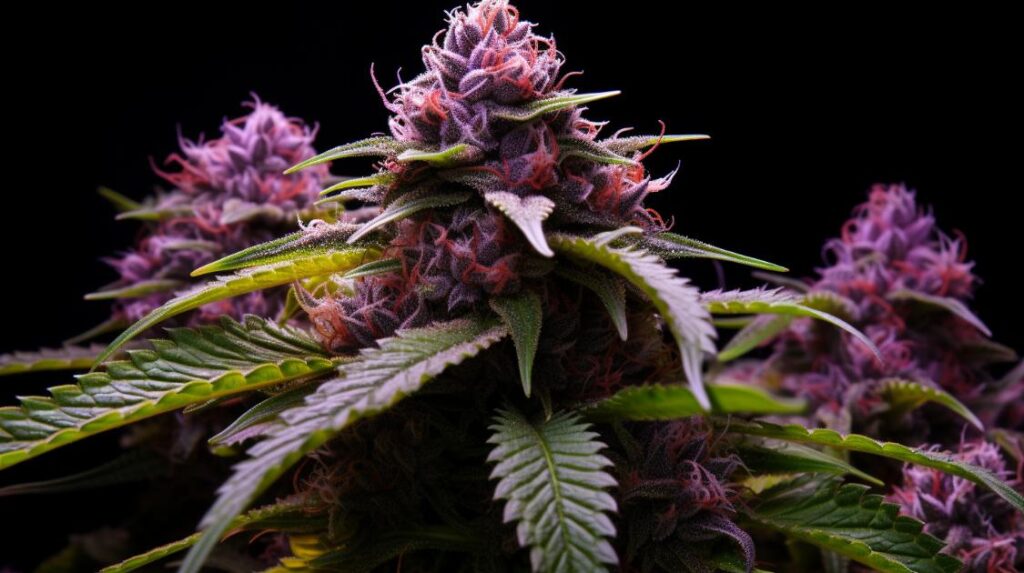
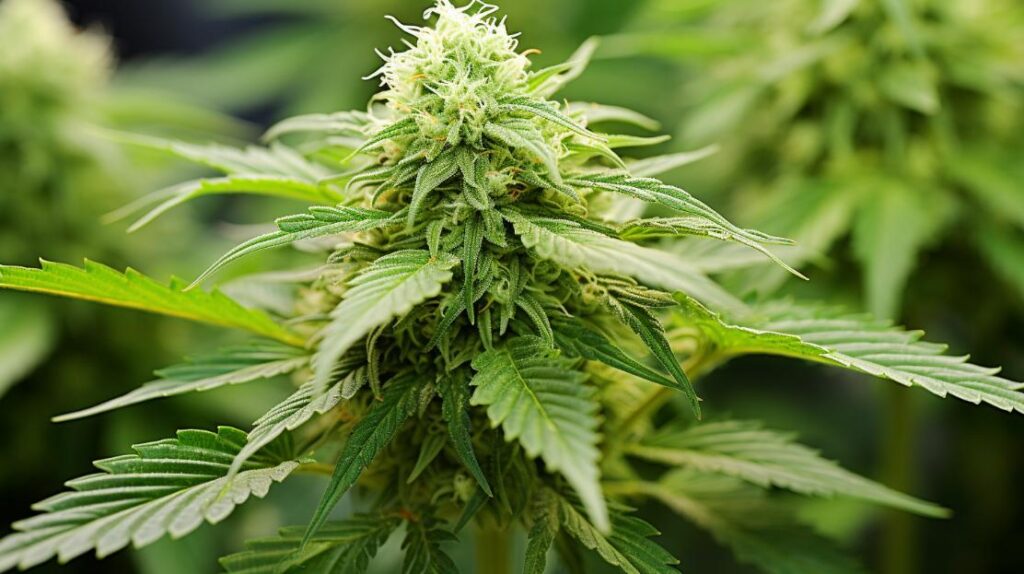
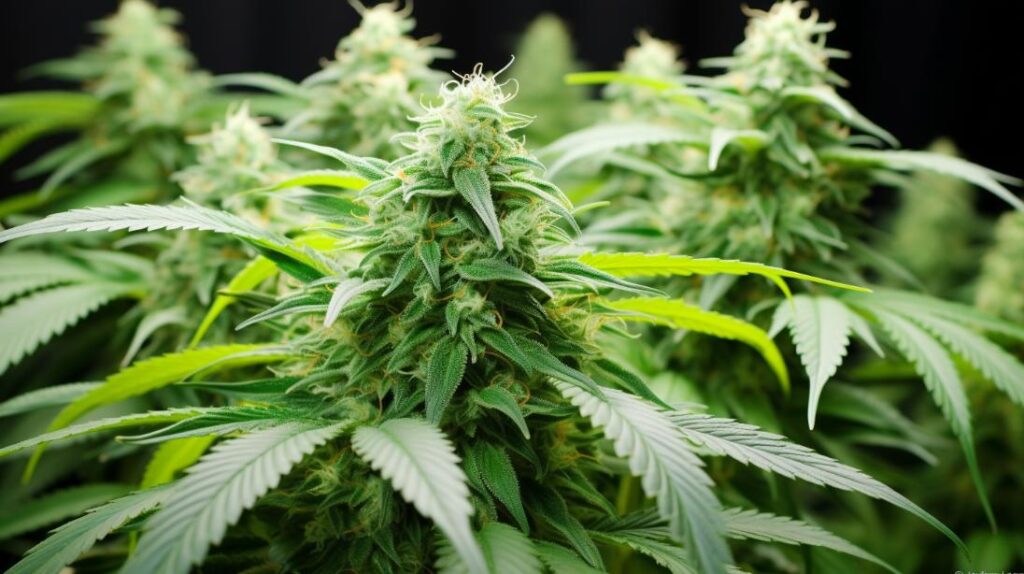
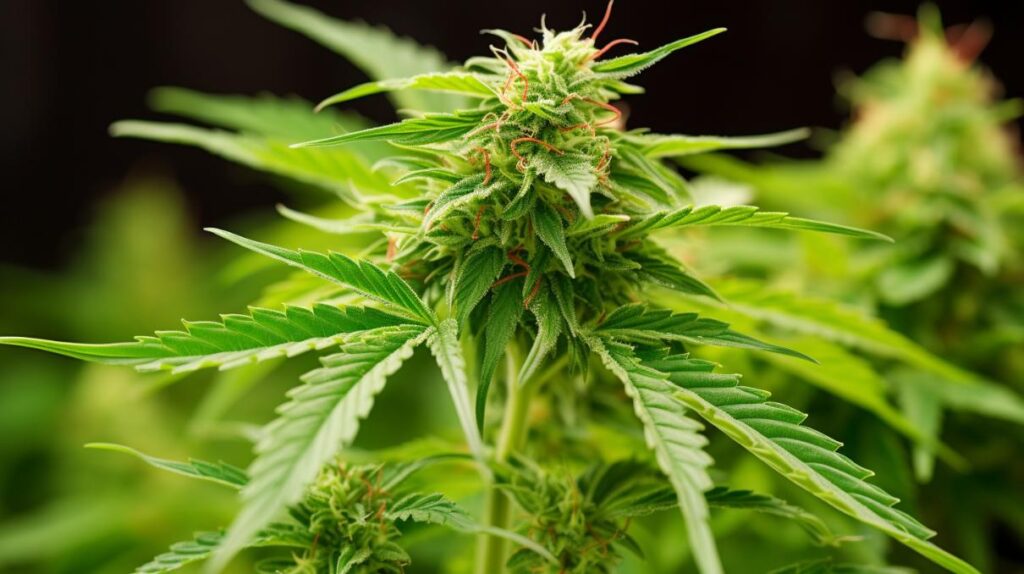
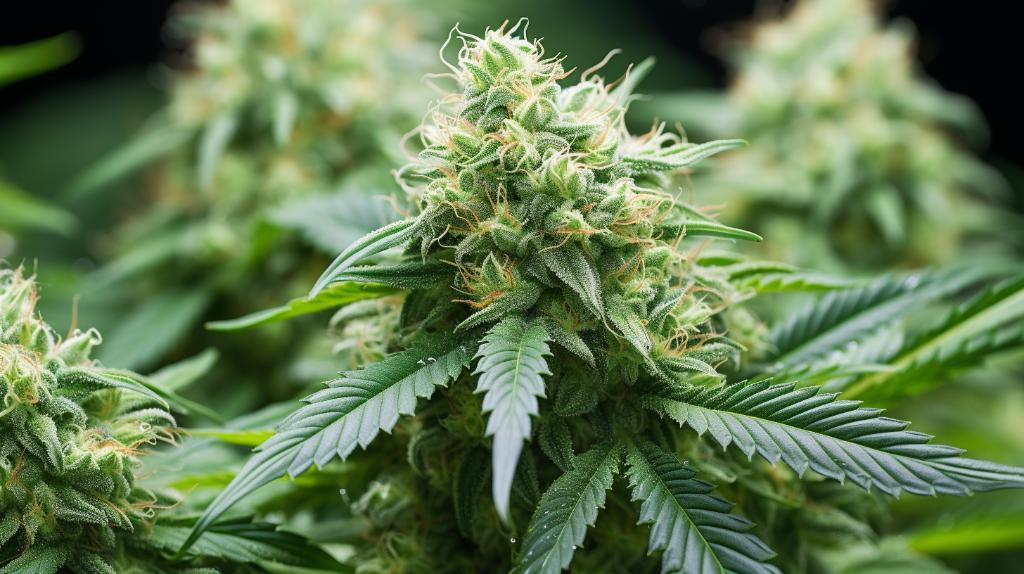

Responses